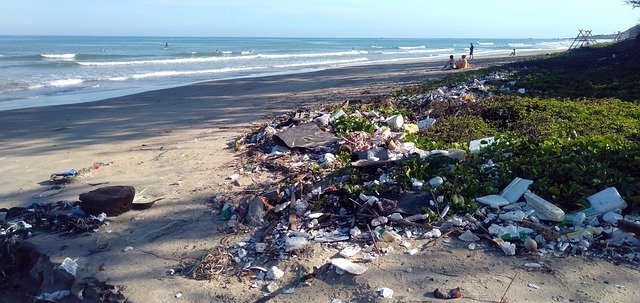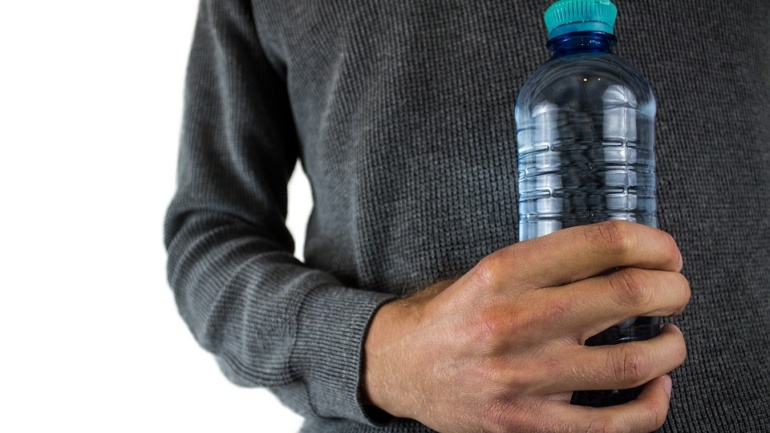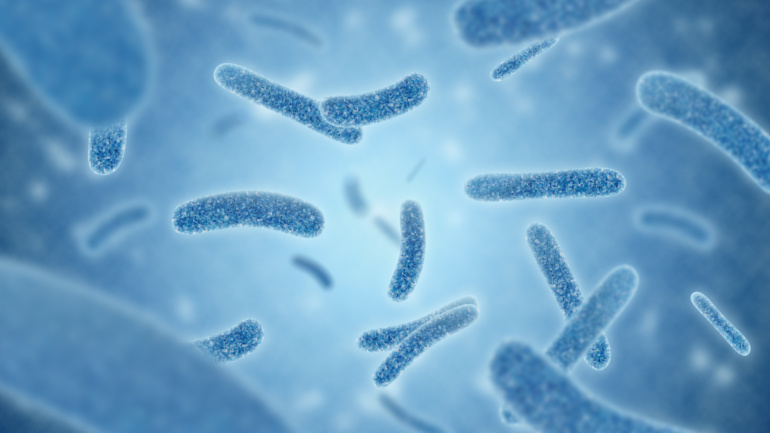By Albert Garcia, Staff Writer & Researcher for Save The Water™ | March 27, 2018
Plastics Are Everywhere, and Hurt Marine Life
We use plastic daily. Whether plastic water bottles, plastic bags, toothbrushes, plastic cups, or plastic eating utensils, plastic pervades our environment. We all practically live in a plastic world, whether we notice it or not. Although plastic provides us many benefits, it hurt us and our environment. Plastic manufacturers and giant corporations may or may not know just how much plastic is entering our oceans, causing considerable damage while also harming marine life. The Philippines presents a very apt example of a major plastic polluter.
The Philippines: An Example of the Plastic Problem, One Disposable Plastic Sachet at a Time
Situated in Southeast Asia, the Philippines is a major offender in plastic pollution. In fact, “the Philippines ranks as the third worst polluter of the world’s oceans, with China as number one.”1 The Green Peace Philippines conducted a beach clean-up and audit. Thus, they discovered discarded plastic products from Nestle, Unilever and P&G (Procter & Gamble). The Philippines is such a giant in plastic pollution because global corporations are not innovating new materials, preferring instead to “lock[] us into cheap, disposable plastics.”1
People litter the streets of the Philippines with sachet wrappers. Sachet wrappers can hold just about anything from instant coffee to shampoo. And they are cheap. For a developing country, such as the Philippines, people prioritize price because they have a limited income. As a result, most companies make their products more accessible and thus more profitable by selling in small quantities, packaged in sachets. Such economies can be called a “sachet economy.”1 These single-use sachets end up in landfills, on the streets, or in marine environments.1
The Pasig River in the Philippines is experiencing a severe plastic pollution crisis. According to a recent study in the Netherlands and the United States, the Passig River alone dumps the equivalent of 10,600 elephants (63,700 tons) in volume of plastic into the Pacific Ocean every year.2 The main sources of plastic pollution are believed to be land-based sources. But plastic can employ many pathways to enter oceans and rivers, namely: “aquaculture, shipping, fishing activities, …beach littering, discharged by rivers, or blown by the wind.”2
Plastics Endanger Bird, Marine, and Human Life
Plastics endanger marine life and other animals, because they can mistake a piece of plastic for food when it isn’t. In addition, because of the food chain, even human beings can consume plastic from the fish they eat without even knowing it. Fish, birds, and sea turtles mistake plastic for feed. Then they eat the plastics. And then they starve and die. Even if these animals that first ate the plastics live, they can get eaten, thus endangering their predators, such as humans. This is all because the chemicals from the plastics survive and accumulate.2
Plastic pollution is without a doubt toxic. As such, it should be of great concern in the short and long term for its environmental and economic harm. Among other industries, marine debris hurts tourism and the fishing industry. Directly, marine debris also hurt the marine ecosystem though ingestion, entanglement, and alteration of the ecosystem. Indirectly, the debris contributes “to the movement of invasive species.”3 Plastics present a particular concern because of: (1) their longevity in the marine environment, (2) their physical and chemical hazards to marine and bird life, and (3) their mistaken identification as food by birds and fish.3
On top of this, plastic does not biodegrade at a rapid or desirable rate. Therefore, oceans and rivers are rife with “microplastics,” because “plastic objects typically fragment into progressively smaller and more numerous particles without substantial chemical degradation.”3 “Microplastics” are less than 5 mm in diameter and constitute a big chunk of marine debris. “Microplastics arise from the fragmentation of larger pieces as they weather the effects of ultraviolet rays, and wind and wave action.”3 As a result, animals, fish, and even humans can eat these microplastics.
Plastics release Toxic Chemicals When Breaking Down, which Hurts Animals and Humans
Another consequence of these plastics breaking down is release of toxic chemicals into the water. For example, polystyrene starts to decompose within one year and releases chemicals that are detectable in the parts-per-million- range. Also, these chemicals can decompose in water and inside marine life. The chemicals bisphenol A (BPA) and PS oligomer are both toxic chemicals released when plastics decompose. Instead of breaking down plastics after eating them, animals simply absorb these toxic chemicals. As a result, these chemicals could cause harm.4
Additionally, BPA and PS oligomer are both endocrine disruptors. That is to say, these are chemicals that “can disrupt the functioning of hormones in animals and can seriously affect reproductive systems.”4 Some studies have revealed that exposure to BPA even at small amounts can cause ill health effects. As you can see, plastic pollution hurts animals and the environment.
While floating around the ocean, plastics absorb chemicals such as PCBs, DDT, and PAH. These toxic chemicals can also affect human health in various way from disrupting the endocrine system to causing cancer mutations. BPA can be released into the ocean which can come into contact with the fish we consume for lunch or dinner. It is a terrifying feeling to know that you can consume toxic chemicals right off your dinner plate from your own home without even knowing it.5
Ways You Can Help Reduce Plastic Pollution
You can help stop plastics polluting our oceans. Here are some ways that you can help:
1. Reduce using disposable plastics such as single-use sachets, grocery bags, plastic wrap, cutlery, straws, etc.
2. Stop buying bottled water when you can bring your own.
3. Stop using products with microbeads such as facial scrubs and body washes. Natural exfoliants include oatmeal and salt.
4. Buy secondhand items with less or no packaging.6
5. Lastly, we at Save the Water seek to monitor and to treat water. Please consider donating.
References
- GreenPeace. September 22, 2017. “Nestlé, Unilever, P&G Among Worst Offenders for Plastic Pollution in Philippines Beach Audit.” EcoWatch. https://www.ecowatch.com/plastic-pollution-philippines-beach-audit-2488280848.html
- Macy Anonuevo-Arcega. July 13, 2017. “Up to 63,700 Tons per Year Pasig River is world’s 2nd biggest source of plastic waste for its size –study.” GMA News Online. https://bit.ly/2DQzIrY
- U.S. Environmental Protection Agency. “Trash-Free Waters: Toxicological Threats of Plastic.” https://www.epa.gov/trash-free-waters/toxicological-threats-plastic
- Michael Bernstein. August 16, 2009. “Plastics in oceans decompose, release hazardous chemicals, surprising new study says.” ACS. https://bit.ly/2g8qStM
- “Ocean Plastics Pollution: A Global Tragedy for Our Oceans and Sea Life.” Center for Biological Diversity. https://www.biologicaldiversity.org/campaigns/ocean_plastics/
- Sarah Engler. January 5, 2016. “10 Ways to Reduce Plastic Pollution.” NRDC. www.nrdc.org/stories/10-ways-reduce-plastic-pollution





